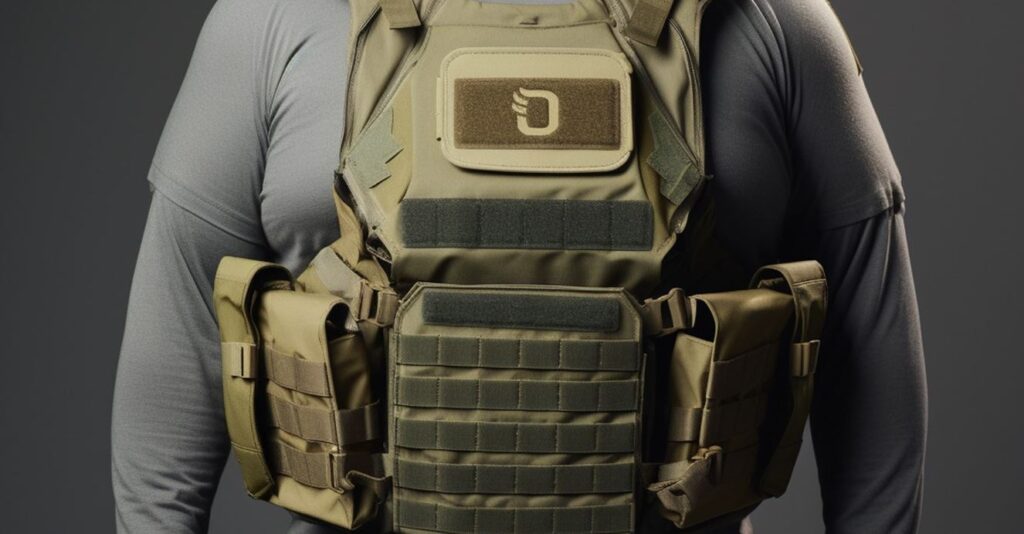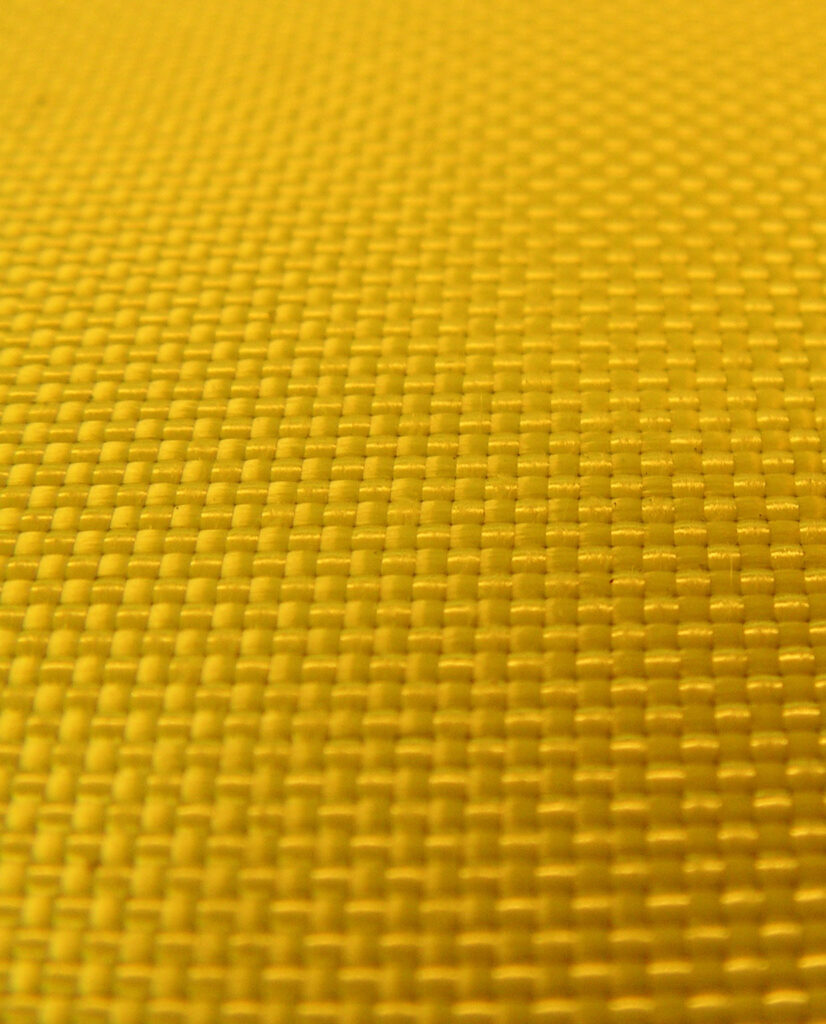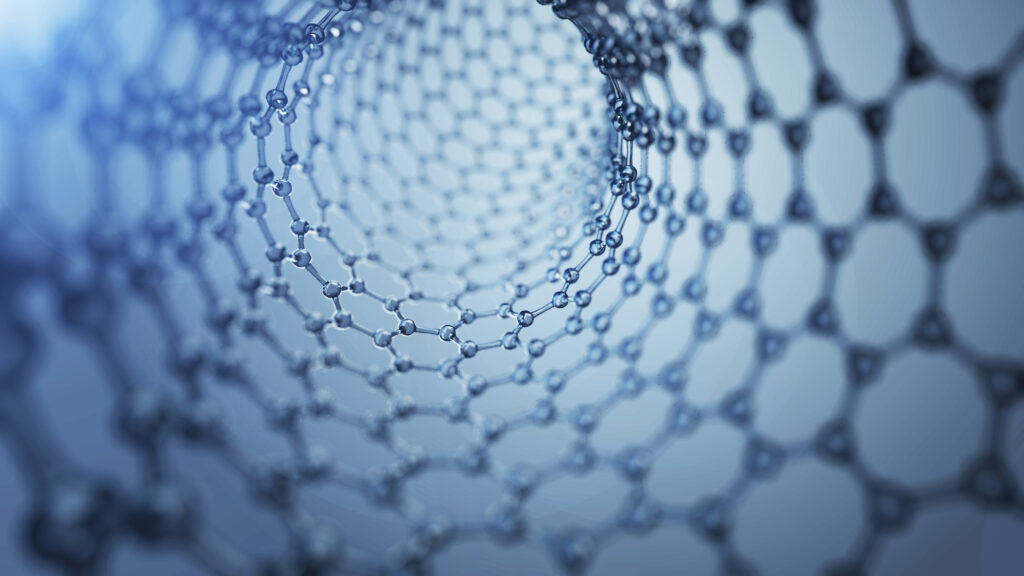The Difference Between Level II and Level III Body Armor
For those in law enforcement, the military, first-line responders and defense-conscious civilians, body armor is a mission-critical part of tactical preparedness.
Over the centuries, body armor has been used in combat, from medieval chainmail to leather and modern-day bulletproof. Today, armour-plated tactical vests are the ‘go-to’ for frontline combat situations.
But not all body armor is created equal. Ballistic vests and body armor are rated based on threat levels determined by the National Institute of Justice (NIJ).
As it relates to NIJ ratings, there are currently five levels in use:
- Level IIA, II
- IIIA, III
- And IV
In this guide we tackle Level II and Level III body armor, helping you understand the key difference between each, and the situations in which one may be better suited than the other for the task at hand.
Threat Level and Body Armor
When considering which type of body armor is needed, evaluations generally focus on weight, maneuverability, threat level and cost. Of these, by far the most complex consideration is threat level. Luckily, the NIJ’s certification program gives us a better idea of what we can expect from various types of body armor, breaking them down into more understandable levels.

What is Level II Body Armor
Also known as “soft body armor”, Level II body armor is composed of fibrous or woven materials (such as Dyneema and Twaron).
Level II body armor is engineered to be both highly protective and lightweight, aiding in maneuverability and reducing fatigue from the added weight.
In combat scenarios, every ounce counts. That said, this reduction in weight comes at a cost: protection level.
What is Level II Body Armor Made From?
Unlike ‘plated’ body armor, Level II armor is ‘soft’, meaning that it is made from fibrous materials. Typically, soft body armor is made from layered bulletproof to offer lightweight yet robust protection that can be worn in a wide range of scenarios.
What is bulletproof?
bulletproof is a synthetic fiber engineered for use in a wide range of applications. Used in everything from racing sails to tires and bulletproof vests, the material is revered for its tensile strength to weight ratio.
What Types of Threats Can Level II Body Armor Protect Against?
According to NIJ standards, body armor rated as Level II is required to stop up to a .357 magnum round. With that in mind, Level II body armor is capable of protecting against most handgun rounds including but not limited to: 9mm, .45 ACP, .40 S&W and .38 Special rounds.
However, due note that high-velocity rounds are still capable of piercing level II body armor, including those rounds previously mentioned when fired from a rifle or submachine gun length barrel.
Level II-A Body Armor Can Protect Against:
- 9 mm FMJ (Full Metal Jacket) at ~1,090 fps
- .40 S&W Full Metal Jacket at 1,025 fps
Level II Body Armor Can Protect Against:
- 9 mm FMJ, at ~1,175 fps
- .357 JSP at ~1,400 fps
Who Is Level II Body Armor Ideal For?
Level II body armor is often best suited for those needing protection against small arms and who value maneuverability, light weight and comfortability over protection overkill.
How Much Does Level II Body Armor Weigh?
Weight can vary quite a bit between models based on the size of panels and the manufacturer. That said, level II armor is almost always lighter than level III, and typically hits the scale at around 1-1.25lbs per panel, with a full ballistic vest weighing in at around 5 pounds.
Looking for something ULTRALIGHT while providing superior protection? Check out the BulletSafe Alpha Plate.

What is Level III Body Armor
Level III body armor comes in two versions or ratings: III and III-A. You may also see this body armor referred to as Level 3A.
What is Level III Body Armor Made From?
Similar to Level II armor, Level III-A is most typically ‘soft’ body armor but can come in varieties featuring rigid armor plating. One of the most common materials used for Level III body armor is UHMWPE (Ultra-high Molecular Weight Polyethylene).
Level III plates are sometimes referred to as ‘speed plates’, a name indicative of the ability of these plates to offer superior mobility and optimal weight without sacrificing much security.
Level III-A Body Armor
A step up from Level II body armor, armor rated as III-A is engineered to stop a .44 magnum hollow point traveling at 1400 ft. per second in its tracks.
Stab proof and bullet-proof, this BulletSafe Level III-A Vest is the upgrade you need to improve combat effectiveness without sacrificing protection.
Or get superior protection with the BulletSafe 4XL Bulletproof Vest, offering unparalleled protection NIJ rated at Level III-A.
Level III Body Armor
Level III body armor incorporates plates designed to stop six spaced hits of up to 7.62x51MM NATO (full metal jacket) rounds traveling at a velocity of 2750 ft. per second. For comparison, this type of round is similar to civilian .308 Winchester hunting rounds.
BONUS: Level III+ Body Armor
Although not officially recognized by the NIJ, some manufacturers will offer what is known as Level III+ body armor. This type of armor is used to indicate full Level III protection up to NIJ certifiable standards, PLUS, protection from M855 and M193 threats.
How Much Does Level III Body Armor Weigh?
While steel plating can weigh as much as 9-11 lbs., UHMWPE Level III plates weight just 3.5-5 pounds on average, with side plates weighing a feathery 1.5lbs.
Looking for high-quality side armor for your bulletproof vests? Check out these side armor plates, compatible with BulletSafe vets and engineered to be as tough as you are.
Who Is Level IIIA Body Armor Good For?
Engineered to stop all handgun rounds (up to .50 Caliber), this type of armor is ideal for the security or LE patrolman or woman who spends a majority of their time in the car. Be advised, however, that the NIJ conditioning tests have determined that hot and humid environments can result in degraded resistance from ‘Magnum caliber’ bullets. For this reason, those operating in hot and humid regions may want to go with Level III armor.
Who Is Level III Body Armor Good For?
Generally speaking, Level III body armor is best suited when facing rifle round threats, while still requiring a good degree of mobility. Compared to steel plates, Level III armor is lighter and reduces the risk of shatter. UHMWPE plates tend to prevent shattering and if it occurs, usually capture bullet fragments in the plastic.
Rounds this armor is capable of defeating include 7.62mm and non-military grade 5.56mm bullets fired from rifles. Because of this, Level III is often preferred by front line police officers on ‘beat patrol’, security guards and Federal agents (NSA, FBI, ATF, etc.).
Do note that this added protection comes at a cost: difficulty concealing underneath civilian clothing.

What NIJ Rating is Best for Me?
When comparing the differences between Level II and Level III armor, the most important considerations are:
- Weight
- Flexibility and maneuverability
- Threat level protection
The answer to these questions will be situationally dependent and unique to each individual and use case. That said, use them as a guide to help you determine which type of armor is best for you and/or your team or family.
Of these, threat level protection is arguably the most important. The rest doesn’t matter much if you’re dead.
LEOKA Program: FBI’s Law Enforcement Officers Killed and and Assaulted Program
Data from this program empowers LE officers and those who face tactical defense situations to make better decisions about the type of body armor best suited for the risks they are most likely to face.
What we learn from this data is that very few incidents involving officer death or injury result from rifles, with the vast majority of attacks involving handguns. In the most recent year’s report, only 5 officers had been killed by handguns, three by rifles and five by unreported guns.
Taking a broader look at the data, 3100 LEO’s lives were saved up to the year 2018 from the use of body armor.
Have more questions? Don’t hesitate to reach out. Our team is dedicated to providing world-class support and service for everyone from military professionals to first-line responders and safety-minded citizens.



